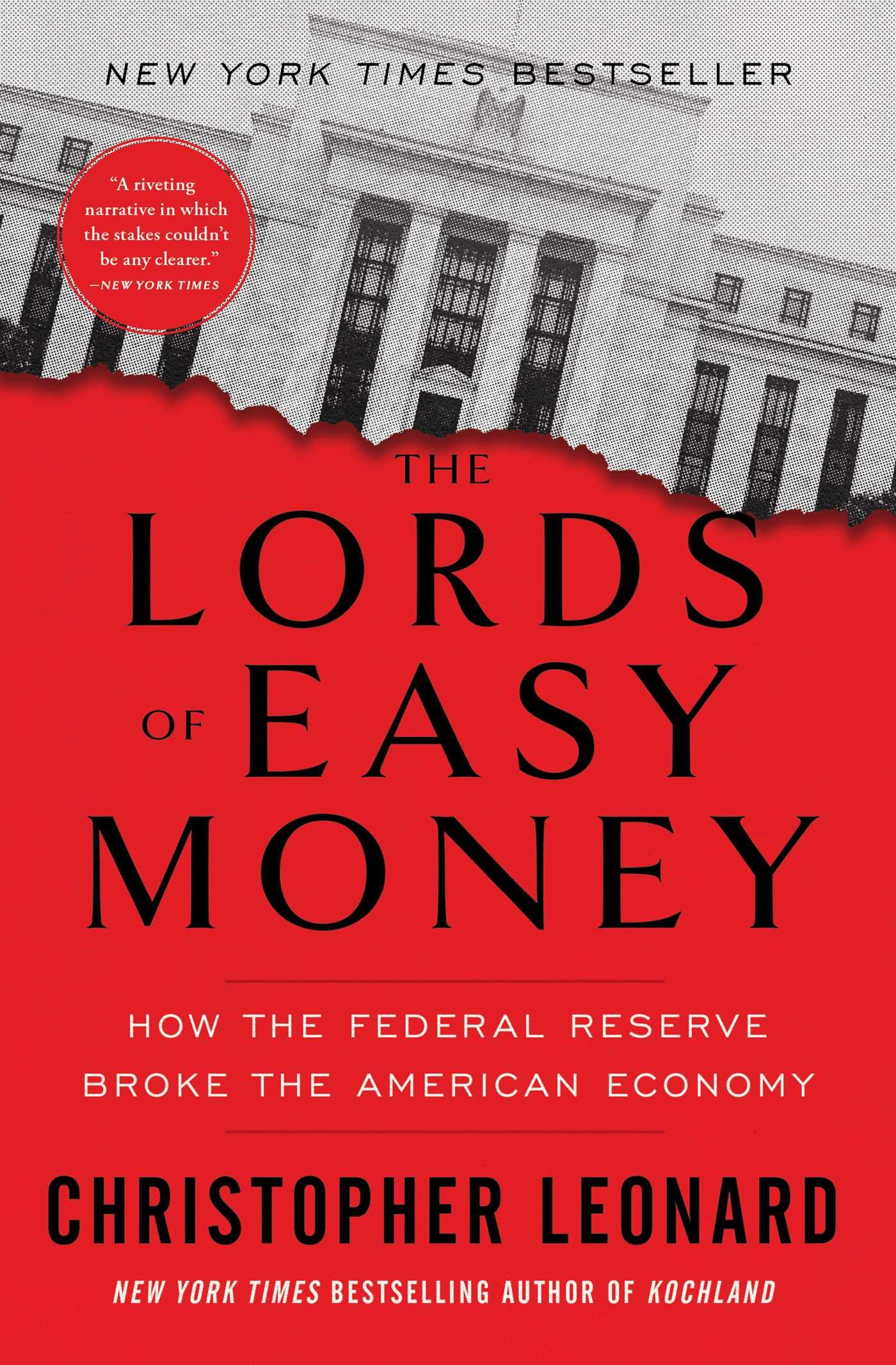The Lords of Easy Money: How the Federal Reserve Broke the American Economy
Le prix initial était : $19.99.$4.99Le prix actuel est : $4.99.
Description
The Rise of Easy Money Policies
The transition towards easy money policies by the Federal Reserve has its roots in a complex historical context, particularly following the 2008 financial crisis. Faced with dire economic circumstances, the central bank’s response included aggressive strategies aimed at facilitating recovery through monetary easing. Low interest rates emerged as a pivotal instrument, designed to encourage borrowing and spending among consumers and businesses alike.
Initially, the justification for these easy money policies was anchored in the acute need to stabilize the financial system. The federal funds rate was slashed to near-zero levels to promote credit flow, while quantitative easing (QE) became a prominent tool to enhance liquidity in the economy. By purchasing longer-term securities, the Federal Reserve aimed to lower long-term interest rates, which, in theory, would spur investment and lead to job creation. The immediate outcomes of these strategies were tangible; liquidity in the financial markets surged, and unemployment rates began to decline as the economy gradually emerged from recession.
Moreover, the use of easy monetary policies was presented as a necessary safeguard against deflation and a means to support consumer confidence during turbulent times. Policymakers argued that without such interventions, the economy could have faced a deeper recession, affecting millions of lives across the country. The success of these measures, at least in the short-term, provided a sense of validation for the Federal Reserve’s actions and bolstered support for continued reliance on easy money strategies.
However, these initial successes overshadowed potential long-term implications, which warrant a thorough investigation. As the years progressed, questions arose about the sustainability of such policies and their impact on the economy’s fundamental health, setting the stage for ongoing debates among economists and policymakers alike.
Consequences of Easy Money: Breaking the Economy
The Federal Reserve’s prolonged implementation of easy money policies has significantly influenced the economic landscape of the United States, leading to a range of unintended consequences. Among these, the emergence of asset bubbles stands out as a salient issue. By maintaining low interest rates and increasing the money supply, the Fed has fueled speculative investments in various sectors, including real estate and equities. These inflated asset prices create an illusion of economic vitality, yet they ultimately lead to a precarious financial environment when the bubbles burst.
Moreover, easy money has exacerbated income inequality, as those with access to capital and investment opportunities benefit disproportionately compared to middle- and lower-income families. The wealthy can leverage cheap borrowing to acquire assets and grow their wealth, while the working class faces stagnant wages and increased living costs. The result is a widening wealth gap that poses serious social and economic risks.
Another significant consequence of the Federal Reserve’s policy approach is the distortion of financial markets. With excessive liquidity, the fundamentals of sound investing have been overshadowed by speculation. Investors often chase fleeting opportunities, prioritizing short-term gains over long-term stability and growth. This speculative culture has not only increased market volatility but has also contributed to a collective mindset that favors debt accumulation over prudent financial management.
As the costs of living continue to rise amidst stagnant wages, many Americans find themselves trapped in a cycle of debt. Loaning for education, housing, and consumer goods has become commonplace, as individuals seek to maintain their standard of living. This reliance on debt raises questions about the sustainability of an economic model reliant on continuous borrowing. Collectively, these outcomes highlight the profound challenges posed by the Federal Reserve’s approaches, particularly concerning the future trajectory of the American economy.






Avis
Il n’y a pas encore d’avis.